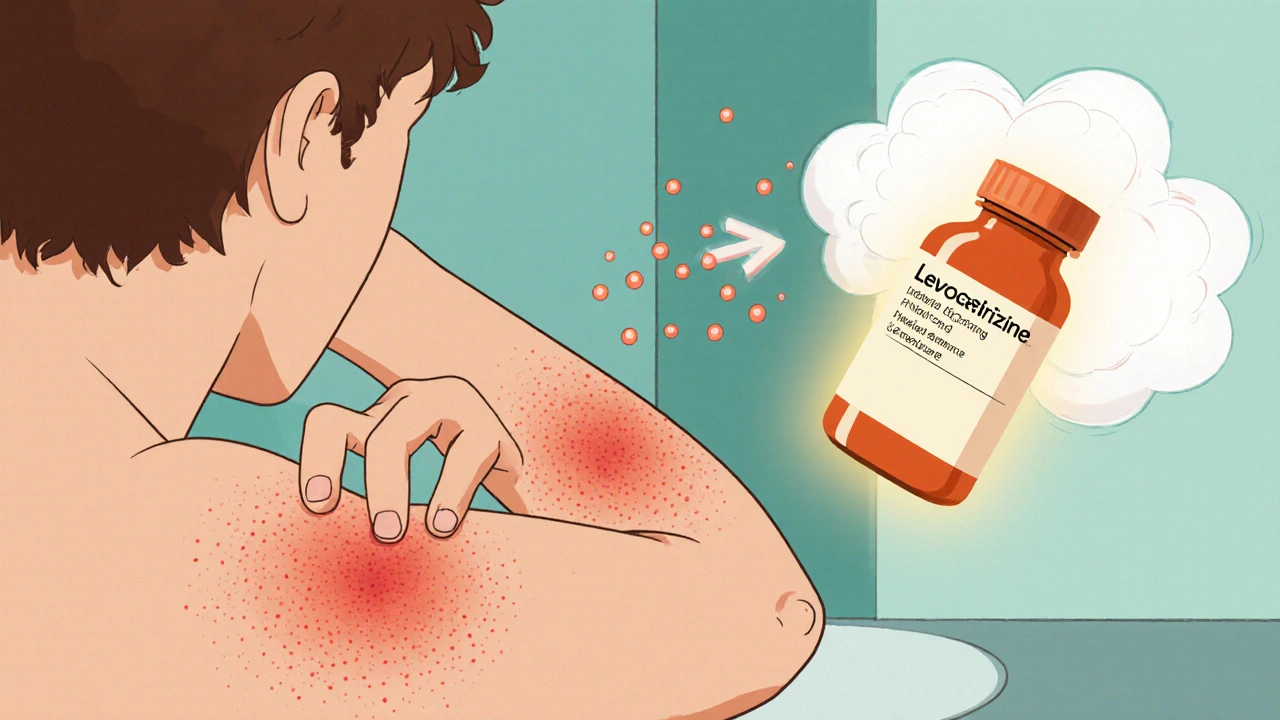Antihistamine: how they work, common types, and smart use
Did you know antihistamines are the first line for most allergy symptoms? If your eyes water, your nose runs, or you break out in hives, an antihistamine often helps fast. This page gives clear, practical info so you can pick the right type, avoid common problems, and find safe ways to buy them.
How antihistamines work and the main types
Antihistamines block histamine, a chemical your body releases during an allergic reaction. That’s why they cut itching, sneezing, and runny noses. There are two big groups to know:
- First-generation (sedating): diphenhydramine and hydroxyzine are common here. They work quickly but often make you sleepy. Good for short-term use or when sleep is okay. Avoid driving or heavy machinery if you feel drowsy.
- Second-generation (non-sedating or less sedating): loratadine, cetirizine, and fexofenadine fall into this group. They usually cause less sleepiness and are better for daily, long-term use.
There are also topical antihistamines (eye drops or nasal sprays) and prescription options like azelastine for stubborn nasal symptoms. If you’re unsure which is right, ask a pharmacist or doctor.
Safe use, side effects, and buying tips
Start with the lowest effective dose and follow the label. Common side effects include drowsiness, dry mouth, headache, and sometimes constipation or blurred vision. Older adults are more likely to feel confusion or balance problems with sedating antihistamines — non-sedating options are usually safer for them.
Watch out for interactions. Avoid mixing sedating antihistamines with alcohol, sleeping pills, or strong pain meds that make you sleepy. If you take multiple meds, check with a pharmacist — some combinations raise risks or blunt effects.
Want to buy online? Use these quick checks: buy from a site with clear contact info, visible privacy and terms pages, verified payment security, and real customer reviews. We have a guide about safe online pharmacies that explains red flags and smart buying steps.
Looking to save? Price comparison apps and discount programs can cut costs fast. Also ask your pharmacist about generics — they work the same but usually cost less.
When to see a doctor: if allergies don’t improve with OTC treatment, if you have breathing trouble, swelling of the face or throat, or repeated severe reactions, get medical help immediately. For everyday sniffles and itchy eyes, a non-sedating antihistamine is a simple, effective choice for most people.
Want more? We cover recent lab research on common antihistamines and COVID-19 cells, plus tips on buying medicines online and saving on prescriptions. Check our related posts for details and practical tools.

Levocetirizine for Eczema: Benefits, Dosage & Safety Guide
Discover how Levocetirizine can reduce eczema itch, the right dosage, safety tips, and how it stacks up against other antihistamines.
Read More
Atarax for Sale: Comprehensive Guide on Hydroxyzine Benefits and Usage
Navigating the world of medications can sometimes feel like treading through a labyrinth. At the helm of alleviating anxiety and allergic reactions is Atarax, also known as Hydroxyzine. This article cuts through the medical jargon to provide a detailed understanding of Atarax, its usage, medical and side effects, drug interactions, and dosing recommendations. Whether considering Atarax for personal use or simply expanding one's pharmaceutical knowledge, this guide equips readers with essential information and practical advice.
Read More